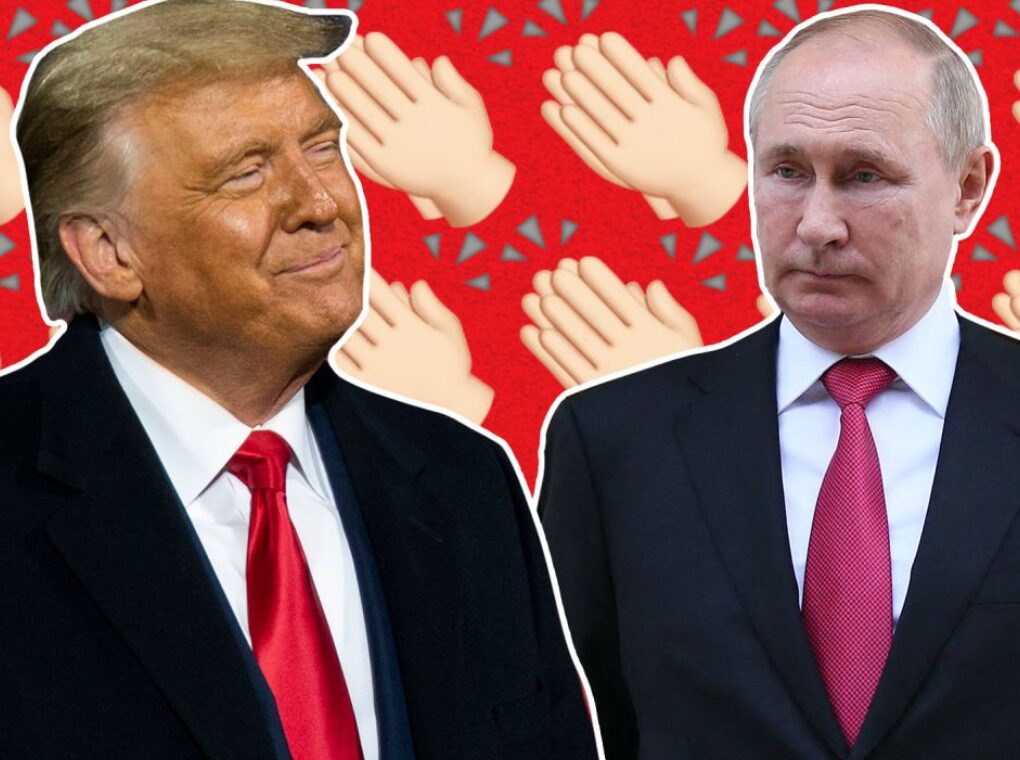In just two weeks, two key decisions from the Trump White House have reshaped the geopolitical terrain of the Ukraine war and Western pressure on Russia. By halting a U.S. arms shipment to Kyiv and carving out sanctions exemptions for Russian nuclear giant Rosatom, President Donald Trump has sent signals that many analysts interpret as both a strategic pivot and a diplomatic olive branch to Moscow.
Withholding Weapons, Withholding Support
The most immediate blow came with the suspension of a planned U.S. arms shipment to Ukraine. The White House cited Pentagon concerns over maintaining America’s military reserves, but many experts see it as a political move catering to the isolationist wing of the Republican Party.
The halted shipment, reportedly including artillery shells, air defence systems, and critical munitions, arrives at a precarious moment for Kyiv. “It’s a clear signal,” says Professor Mark Harrison, a Russia expert at the University of Warwick. “The U.S. is no longer prioritising Ukraine’s military needs.”
While Europe scrambles to fill the gap, the symbolic damage may already be done. Russia, facing fatigue on the battlefield and mounting internal strain, gains a psychological edge—fighting a Ukraine no longer seen as fully backed by Washington.
Rosatom, Sanctions, and Hungary’s Windfall
Even more strategically complex is Trump’s move to bypass U.S. sanctions for civil nuclear cooperation. A new Treasury exemption has opened financing channels for Rosatom, effectively reversing a Biden-era policy that tightened the economic screws on Russia’s state nuclear sector.
The exemption doesn’t just benefit Moscow—it directly helps Hungary, a NATO and EU member led by Trump ally Viktor Orban. Days after the announcement, Hungarian officials revealed the long-stalled Paks-2 nuclear power plant project—funded by Russian loans and built by Rosatom—was back on track.
Economists say the move has limited economic impact for Russia in the short term, as hydrocarbons remain the Kremlin’s primary lifeline. But the symbolic and strategic implications are significant.
“This is a gift to Orban and a calculated test of Western reaction,” notes Kirill Shakhnov of the University of Surrey. “It’s a low-risk way for Trump to favour Moscow and his allies while assessing how much pushback he’ll face.”
Strategic Stakes in Europe’s Energy Future
For energy experts, the deeper concern lies in Europe’s long-term energy infrastructure. Paks-2 is more than a power plant—it’s a potential Trojan horse in the EU’s energy market. “Rosatom doesn’t make this investment for profit,” says Chloé Le Coq, an energy policy analyst. “It’s about influence.”
By embedding Russian nuclear capacity into Europe’s grid, Moscow gains a foothold in future energy policy. Unlike oil or gas, a nuclear plant is virtually irreplaceable once operational. With Europe pushing toward a unified electricity market, even a limited Russian presence could pose a strategic threat.
A New Realignment?
Trump’s moves reflect more than tactical shifts—they represent a potential recalibration of U.S. global posture. Critics argue that Washington is abandoning its role as Ukraine’s primary backer and opening backchannels to Russia through economic loopholes. Supporters frame it as realism: an “America First” withdrawal from costly entanglements.
Yet the timing, beneficiaries, and broader consequences suggest more than just policy pragmatism. Whether intentional or incidental, these decisions are reshaping the landscape of Western unity, Ukraine’s war effort, and Russia’s long-term leverage in Europe.
One thing is certain: the message from Washington has changed, and the world is listening.
